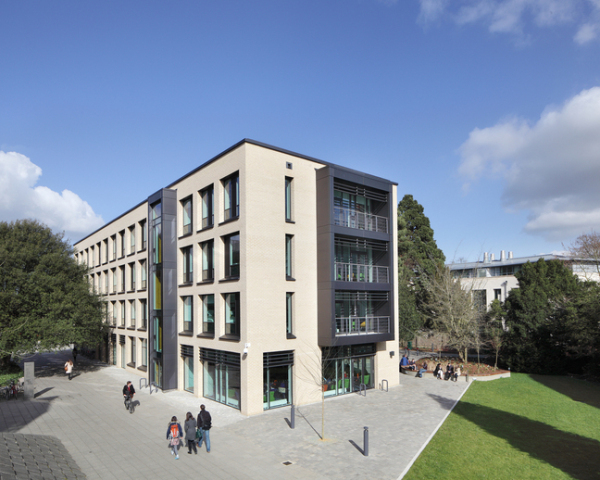The Centre for the Study of Existential Risk
In the closing scene of “Life as it could be”, David Hall, the director of the Institute for Posthumanism, informs his colleagues about the plans for a new institute. He asks if they have any ideas for a new name and speculates about the location “either on Tennis Court Road, surrounded by the natural sciences, or in Newnham, next to the computer science department.”

The CSER is now hosting a series of talks, all about risks humanity is facing via technology, and I went to the first one. “Risks and benefits of gain-of-function experiments in potentially pandemic pathogens” was as chilling as it was interesting, but what I’m really looking forward to, as you might expect, is the next one, “Minds Like Ours: An Approach To AI Risk” by Murray Shanahan.
It stands to reason to that its fictional precursor in “Life as it could be” called the CSER into existence, but then, however improbable, this all might be just a coincidence.
